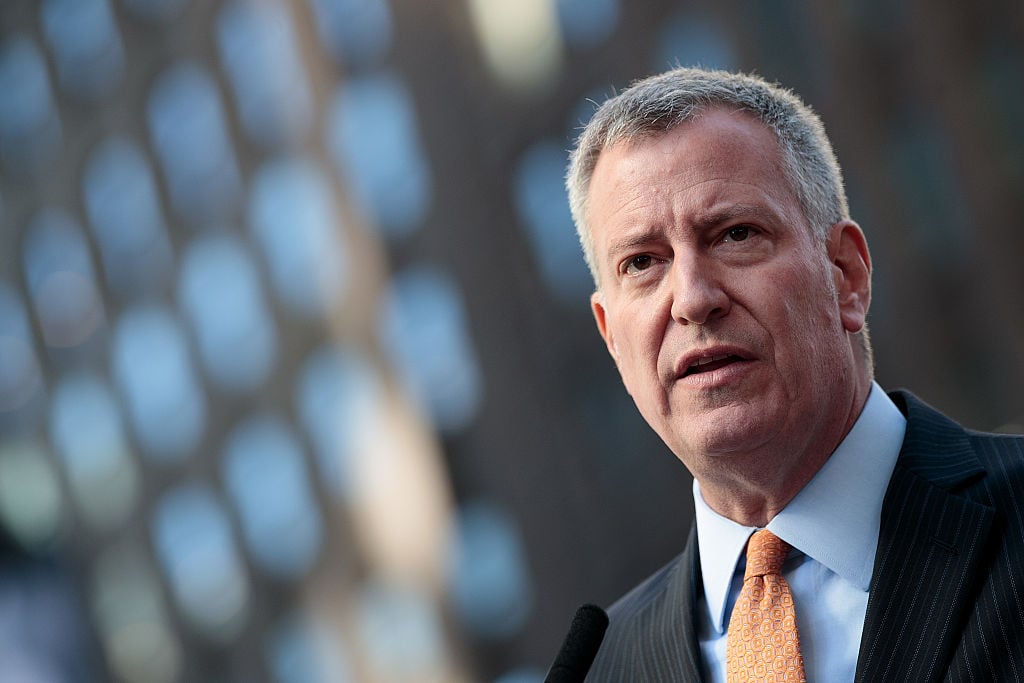
As monuments to Civil War-era Confederate soldiers and generals fall or come under scrutiny throughout the country, cities everywhere are taking a close look at their public sculptures—including New York. In a new online survey, the city is soliciting New Yorkers’ opinions about how to proceed in a review of statuary on public grounds.
The survey’s results will be factored into the work of a committee that is reviewing the monuments, co-chaired by Tom Finkelpearl, commissioner of the New York City Department of Cultural Affairs, and Darren Walker, president of the Ford Foundation. Among other committee members are World Trade Center Memorial designer Michael Arad; civil rights activist and singer Harry Belafonte; artist and MacArthur “genius” Shahzia Sikander; and artist Teresita Fernandez, also a MacArthur fellow.
The 90-day commission was announced on September 8. The launch of the online survey comes halfway through a 90-day review period, though this gesture of inclusion was, notably, an initiative with little fanfare and no official press release.
The J. Marion Sims statue stands near the corner of 5th Avenue and 103rd Street on August 22, 2017 in New York.
The Black Youth Project 100, an activist group founded in 2013, is calling for the removal of the J. Marion Sims statue. Photo: Don Emmert/AFP/Getty Images.
“With the launch of this survey, every New Yorker has an opportunity to weigh in on monuments in our city’s public spaces,” said Finkelpearl in a statement emailed to artnet News. “From asking broadly about the role of public art in public space, to seeking feedback on particular works and a range of ideas for possible interventions, the survey will make sure that every resident who wants to participate in the 90-day review can have a say in the process.
“Responses will play a critical role in shaping [the] commission’s work of developing guidelines that can be applied broadly to art on City property, with the ultimate goal of putting forth a thoughtful way to promote more inclusive, welcoming public spaces for all New Yorkers. Fill out the survey and make sure your voice is heard.”
Thus far, the city has sent a shifting message on the committee’s goals. De Blasio came out of the gate strongly and with one specific promise: to remove a plaque naming Philippe Pétain, a Frenchman who was head of the Vichy government that collaborated with the Nazis, in Lower Manhattan’s Canyon of Heroes:
The commemoration for Nazi collaborator Philippe Pétain in the Canyon of Heroes will be one of the first we remove. https://t.co/hAnGmkCdtg
— Mayor Bill de Blasio (@NYCMayor) August 16, 2017
De Blasio later walked that back, saying no specific monuments were yet being targeted for removal.
Public servants including City Council speaker Melissa Mark-Viverito have also weighed in. Mark-Viverito has called for the removal of the statue of Christopher Columbus that stands in Columbus Circle in Midtown. Protesters have called attention to a statue of gynecologist J. Marion Sims, who conducted experiments on unwilling slaves.
The questions posed by the NYC “Monuments Survey” are as follows:
What do you think is the role of public monuments in our city’s public spaces?
When considering the role of public monuments in NYC, what do you think is the best way to achieve public space that is open and inclusive?
What factors should the City consider when reviewing a monument?
Does your comment relate to a specific, existing monument in NYC?
Does your comment relate to a proposal for a new monument in NYC?
If a particular monument is preserved, altered, or removed, what do you think the effect will be in the future? What would be the effect on your experience in New York City with or without changes to a particular monument? What would be the effect on our collective experience with or without changes to a particular monument?
There are many possible ways to address the meaning of public art and monuments, such as adding supplementary and educational materials like a plaque, relocating objects to another public or private space, or commissioning new public art either in response to an original or on its merit. How might you best add context and tell a more complete story of a particular monument?